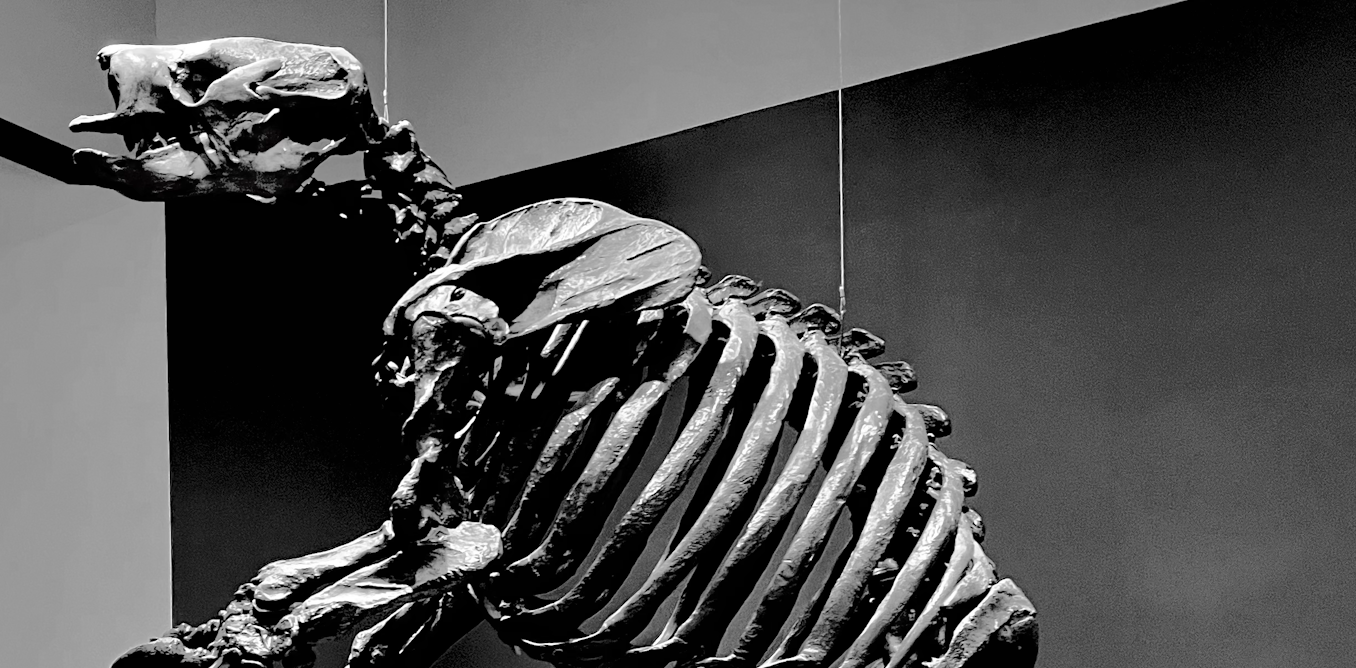The Permian period, spanning from 299 to 252 million years ago, marked a crucial era in Earth’s history. The end of this period witnessed the most devastating mass extinction, known as the Great Dying, which wiped out nearly 70% of land-dwelling species and a much larger proportion of marine life. Recent findings in southern Africa have started to illuminate the world before this cataclysmic event, providing paleontologists with a more detailed understanding of life before and after the extinction. This research, led by scientists from the University of Washington and the Field Museum of Natural History, published in Journal of Vertebrate Paleontology, focuses particularly on fossil sites in Zambia and Tanzania, offering a fresh perspective on the species that lived in southern Pangea, the supercontinent that once united much of Earth’s landmasses. Through these new discoveries, we are closer to understanding what life was like just before Earth’s most catastrophic evolutionary reset.
Uncovering the Rich Fossil Sites of Southern Africa
In the past 15 years, an international team of paleontologists has embarked on extensive excavations in southern Africa, particularly in the Ruhuhu, Luangwa, and Mid-Zambezi Basins, across Zambia and Tanzania. These regions, largely untouched by modern human activity, have proven to be rich in Permian fossils, offering a rare glimpse into a time long lost to history. For more than a decade, the research team has dedicated itself to collecting, analyzing, and comparing fossil records that could reveal the lives of creatures that roamed the Earth long before the arrival of dinosaurs.
“These parts of Zambia and Tanzania contain absolutely beautiful fossils from the Permian,” said Christian Sidor, a UW professor of biology. “They are giving us an unprecedented view of life on land leading up to the mass extinction.” This view is invaluable to scientists, as it opens up an opportunity to learn about creatures that lived across southern Pangea. These fossil sites not only preserve a wealth of ancient life but also help trace the events and ecosystems that once dominated these ancient lands.
In addition to their beauty, the condition and quantity of fossils discovered in this region have enabled the team to make meaningful comparisons to other fossil-rich areas, such as the Karoo Basin in South Africa, traditionally known as the best source for Permian data. The exceptional preservation of these specimens, and the sheer volume of finds, has allowed the research team to conduct detailed comparisons across different geographic regions.


The World Before the Great Dying: A Time of Evolutionary Diversity
The Permian period is often overlooked in popular discussions about prehistoric life, overshadowed by the dramatic rise of dinosaurs in the Mesozoic Era. However, the diversity of life that existed during the late Permian was both remarkable and complex. The fossilized remains of saber-toothed predators, such as gorgonopsians, and herbivorous, burrowing creatures like dicynodonts, show that ecosystems were highly developed before the Great Dying struck. These creatures had evolved over millions of years, adapting to diverse environmental niches.
“The number of specimens we’ve found in Zambia and Tanzania is so high and their condition is so exquisite that we can make species-level comparisons to what paleontologists have found in South Africa,” said Sidor. “I know of no better place on Earth for getting sufficient detail of this time period to make such detailed conclusions and comparisons.” The gorgonopsians, for instance, were saber-toothed predators, while dicynodonts—herbivores resembling reptiles—flourished across the land. These findings provide an insight into the variety of life forms that existed just before the end-Permian extinction, which, until now, had been less understood.
The Cataclysm of the Great Dying: Understanding the Extinction Event
The end-Permian mass extinction remains one of the most significant and devastating events in Earth’s history. Its causes are still debated, with theories ranging from volcanic eruptions, asteroid impacts, to climate change caused by shifts in atmospheric carbon dioxide. Regardless of the cause, this extinction event radically changed the course of evolution on Earth. In the aftermath, many ecosystems were wiped out, and only a fraction of species survived.
“This mass extinction was nothing short of a cataclysm for life on Earth, and changed the course of evolution,” said Sidor. “But we lack a comprehensive view of which species survived, which didn’t, and why. The fossils we have collected in Tanzania and Zambia will give us a more global perspective on this unprecedented period in our planet’s natural history.”
By studying the creatures that lived during the Permian, researchers can now begin to answer these questions. The comparison of fossils from different parts of Pangea allows scientists to explore regional differences in how ecosystems responded to the extinction event. With findings from both the southern and northern parts of Pangea, the research team can look at the survivors and casualties of the Great Dying, beginning to reconstruct the pathways of evolutionary change that followed.
Comparative Analysis: The Geography of Survival
One of the most valuable aspects of the recent discoveries in southern Africa is their ability to compare species across different regions of the supercontinent. With fossils coming from both the northern and southern portions of Pangea, researchers are able to create a more comprehensive picture of how species interacted with their environments and how they were affected by the end-Permian extinction. This comparative analysis of fossil records is essential for understanding why some species survived while others perished.
“We can now compare two different geographic regions of Pangea and see what was going on both before and after the end-Permian mass extinction,” said Sidor. “We can really start to ask questions about who survived and who didn’t.” By contrasting fossilized species from different regions, scientists are uncovering patterns in evolutionary survival, shedding light on the environmental and biological factors that determined which creatures managed to thrive in the aftermath of the Great Dying.
Source link

